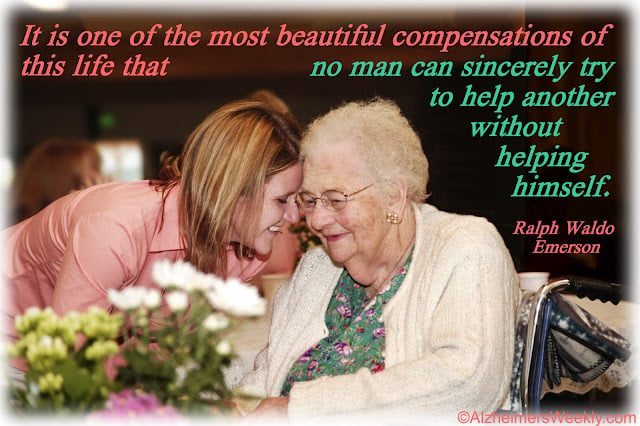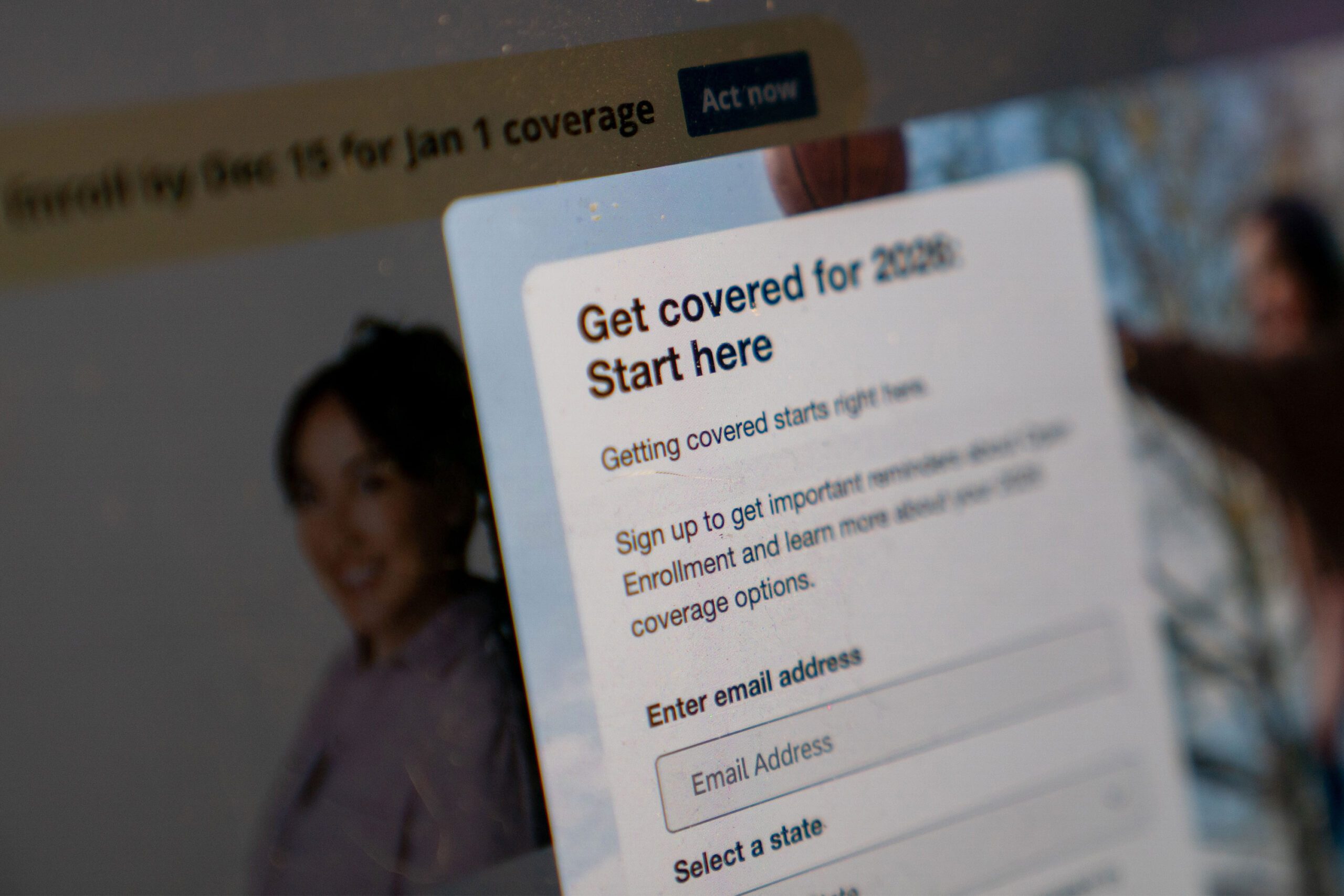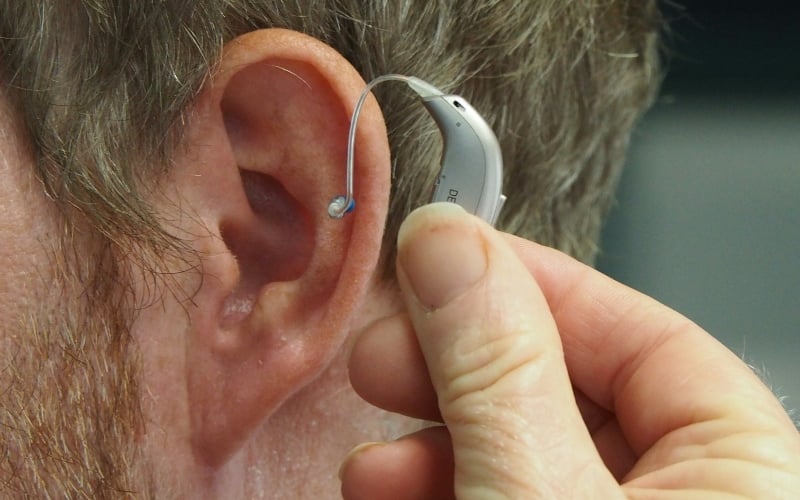The regional government of Madrid has announced on Twitter a telemedicine pilot project using video calls (link in Spanish), a move that makes a lot of sense given that many of us have become more familiar with this ever-improving medium over the last year when visits to the doctor were postponed due to restrictions on movement and because medical personnel were often tied up dealing with COVID.
In the case of Madrid, the project will begin with dermatology, a specialty that lends itself to telemedicine due to its visual character, and where a fairly high level of complete services can be provided, among them diagnosis based on video images or photographs captured with a smartphone. The idea is to expand to other specialties as well as more administrative consultations where the physician simply needs to talk to the patient to ask for diagnostic tests, to explain them or to issue prescriptions.
Few things make more sense at this time than extending the use of telemedicine: to improve waiting times and enable more efficient care using technology. In no way does video call delivery have to be a second-class care system: in many consultations with a doctor, we simply exchange information, discuss symptoms, examine reports, or pick up a prescription. Being able to do these things via video link is a win-win.
To criticize telemedicine or to see it as some kind of loss of quality in healthcare provision is simply to misunderstand the direction of public health trends. Increasingly, the approach of healthcare systems is to reduce administrative friction through simple and efficient interactions and to increase patient information flows. Private insurers such as Sanitas are moving in this direction by allowing their customers to connect health apps and devices to their system, then monitoring them so that not only doctors can use them, but so they can trigger alerts when the data reveals some kind of problem. This type of approach not only reduces the potential suffering of the patient by bringing forward the diagnosis in many cases — sometimes even before the patient has any apparent symptoms — but also offers cost advantages from the application of treatments in the early stages of many conditions. In time, such systems may be the basis of research programs using data shared by an increasing number of people.
Telemedicine is the right response to the pandemic, and its use is exploding in many countries. It is by no means a “second-class medicine”, and more and more patients prefer it to having to physically visit the doctor’s office. Let’s stop being facile or meaningless critics and value initiatives when they go in the right direction, regardless of the institution that launches them.
—
This post was previously published on MEDIUM.COM. and is republished with permission.
***
You might also like these from The Good Men Project:
 .. In Modern Relationships, We Cheat Every Single Day
.. In Modern Relationships, We Cheat Every Single Day  Compliments Men Would Love to Hear More Often
Compliments Men Would Love to Hear More Often  .10 Things Good Men Should Never Do in a Relationship
.10 Things Good Men Should Never Do in a Relationship  It’s Not Just Sex That He is Longing For. It’s This
It’s Not Just Sex That He is Longing For. It’s This Join The Good Men Project as a Premium Member today.
All Premium Members get to view The Good Men Project with NO ADS.
A $50 annual membership gives you an all access pass. You can be a part of every call, group, class and community.
A $25 annual membership gives you access to one class, one Social Interest group and our online communities.
A $12 annual membership gives you access to our Friday calls with the publisher, our online community.
Register New Account
Log in if you wish to renew an existing subscription.
Username
First Name
Last Name
Password
Password Again
Choose your subscription level
- Yearly - $50.00 - 1 Year
- Monthly - $6.99 - 1 Month
Credit / Debit Card PayPal Choose Your Payment Method
Auto Renew
Subscribe to The Good Men Project Daily Newsletter By completing this registration form, you are also agreeing to our Terms of Service which can be found here.Need more info? A complete list of benefits is here.
—
Photo credit: Shutterstock
The post It Took a Crisis to Get Us to Use Telemedicine appeared first on The Good Men Project.
Original Article










